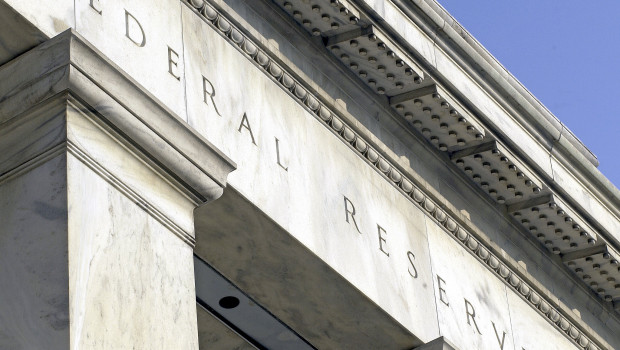US personal income and spending ease in April, core PCE prices slow

Americans reined in their spending a tad during the previous month, even as price pressures ebbed a smidgen.
According to the US Department of Commerce, in April personal income and spending rose at a month-on-month clip of 0.3% and 0.2%, respectively.
Economists had penciled in increases of 0.3% for both magnitude.
The headline price deflator for personal consumption expenditures meanwhile was up by 0.3% for a third consecutive time in month-on-month terms, as expected.
However, at the core level PCE price gains clocked in at 0.2%, this recording their slowest pace year-to-date.
Headline PCE inflation was up by 2.7% year-on-year in April and core PCE prices by 2.8%, with both unchanged from March, as expected by economists.
Commenting on the latest set of figures, Paul Ashworth at Capital Economics noted that April's in core PCE prices was in fact 0.249% month-on-month and 2.754% year-on-year.
But what most called his attention was the 0.1% month-on-month decline in consumption when adjusted for inflation, as opposed to the 0.2% rise in nominal terms.
He attributed that to the unpleasant surprise of just a 0.1% rise in outlays on services.
Throw in negative revisions to previous months' gains and his forecast for second quarter consumption growth went from 3.5% to 2.1%.
Together with poor foreign trade numbers for April GDP growth was left tracking at 1.2% for the three months to June, against 2.7% a couple of weeks before.
Michael Pearce at Oxford Economics said the Fed would like the latest numbers, the first "of a series of softer reports needed for the Fed to begin cutting interest rates later this year".
His tracking estimate for real consumption was at 2.1% annualised, which he described as "strong", but added that it suggested downside risks to his main scenario for a rebound to 2.5%.